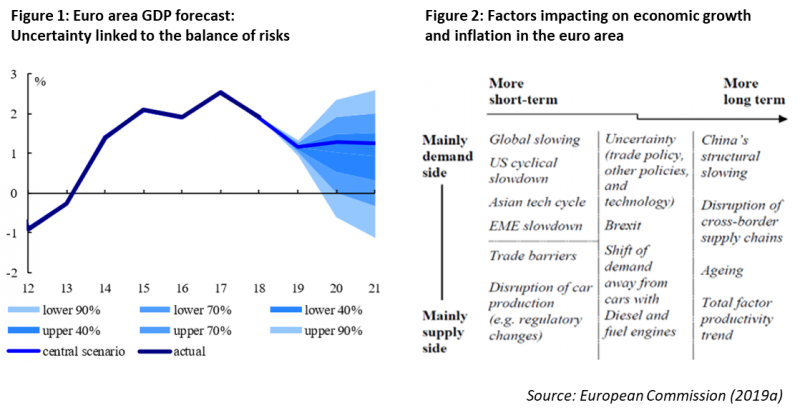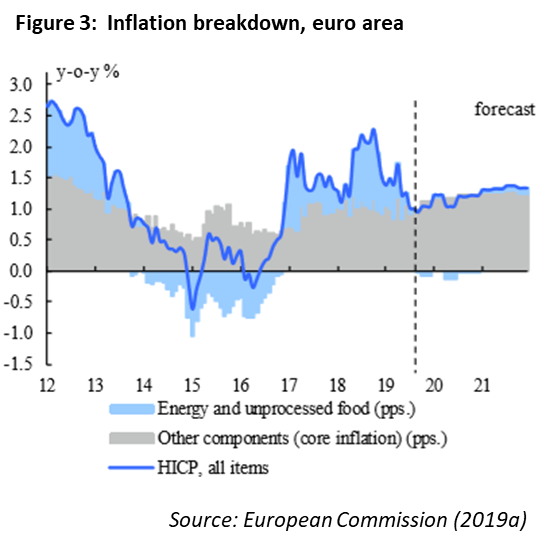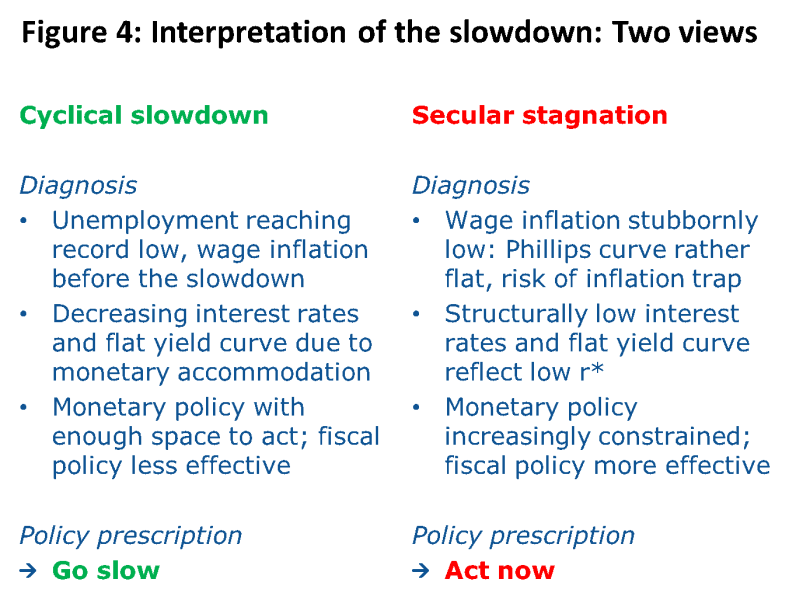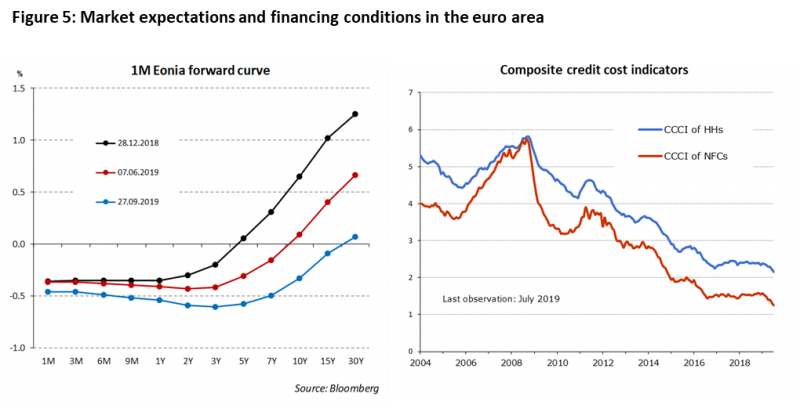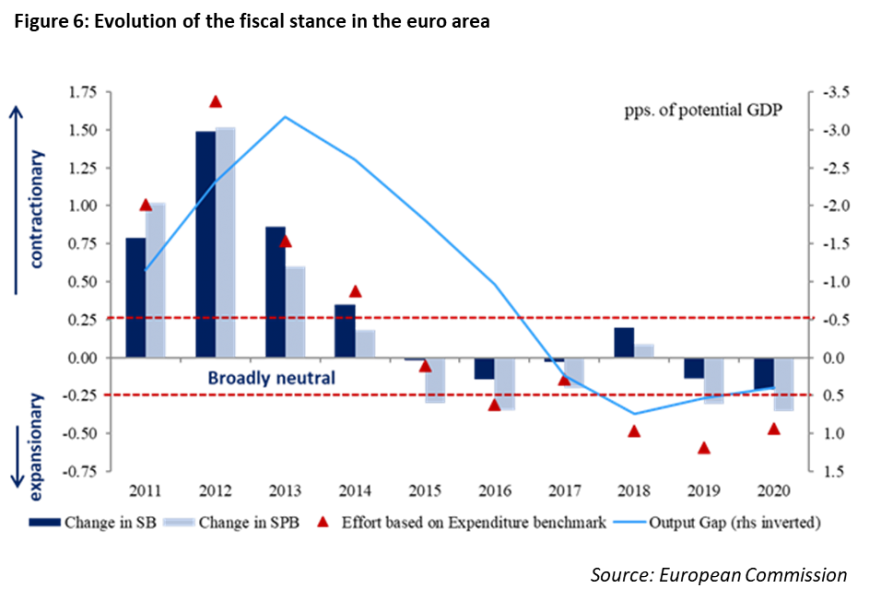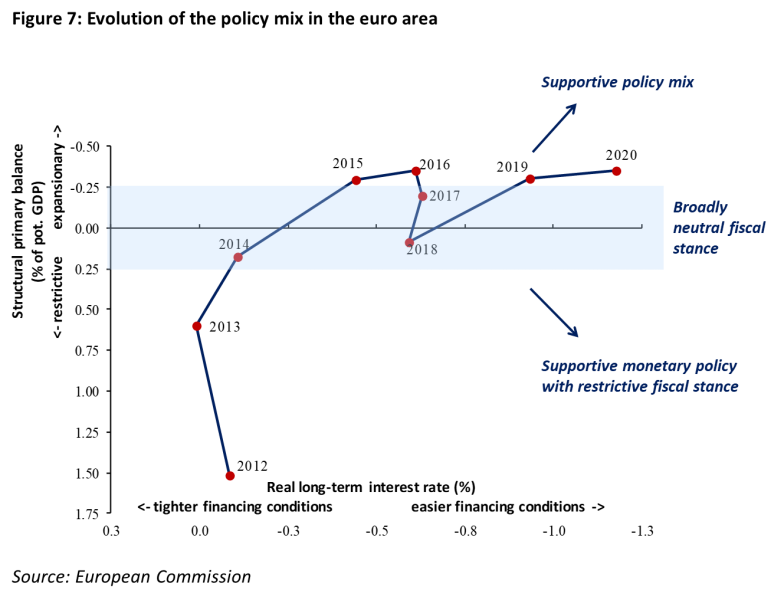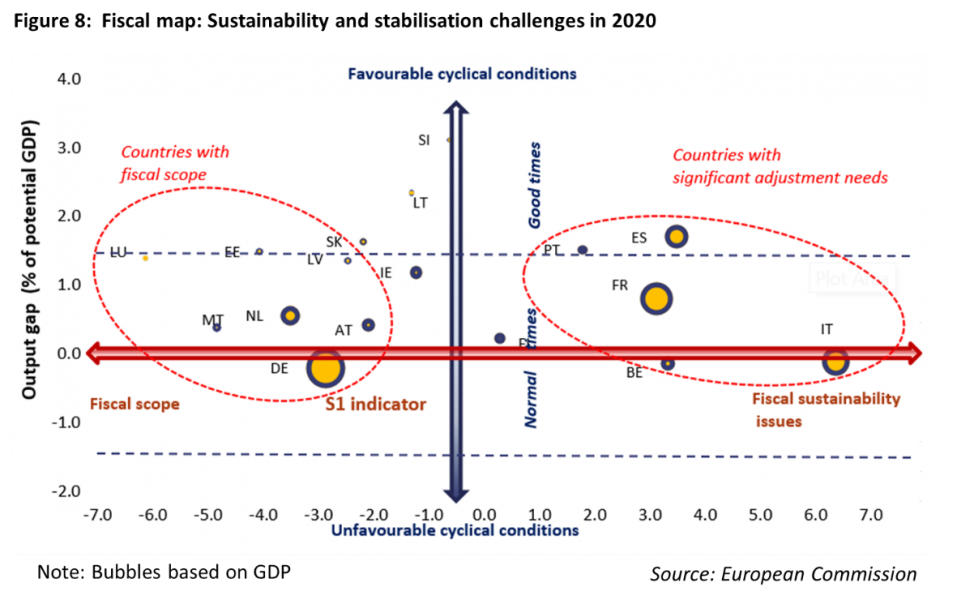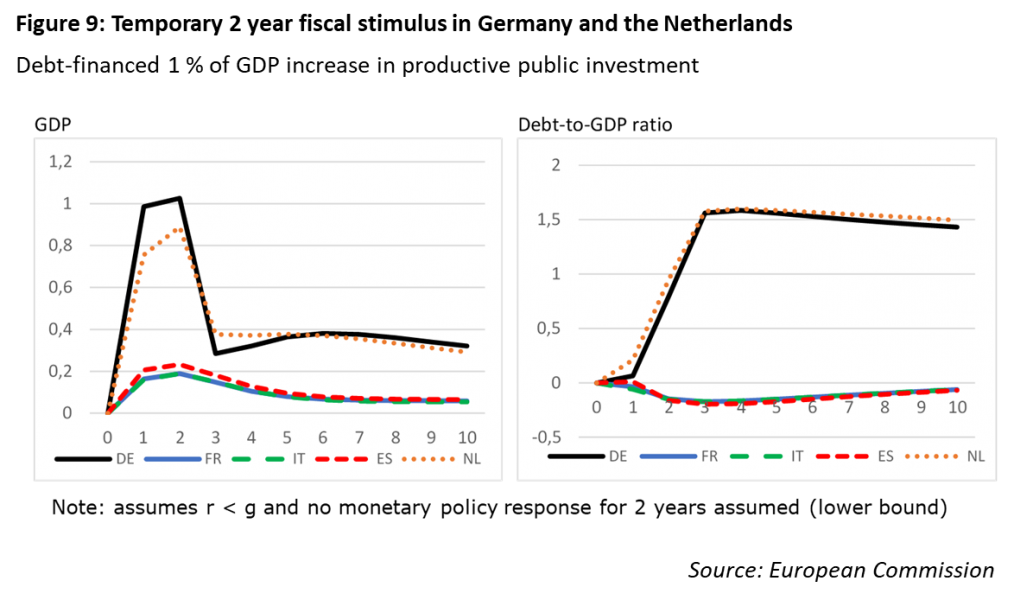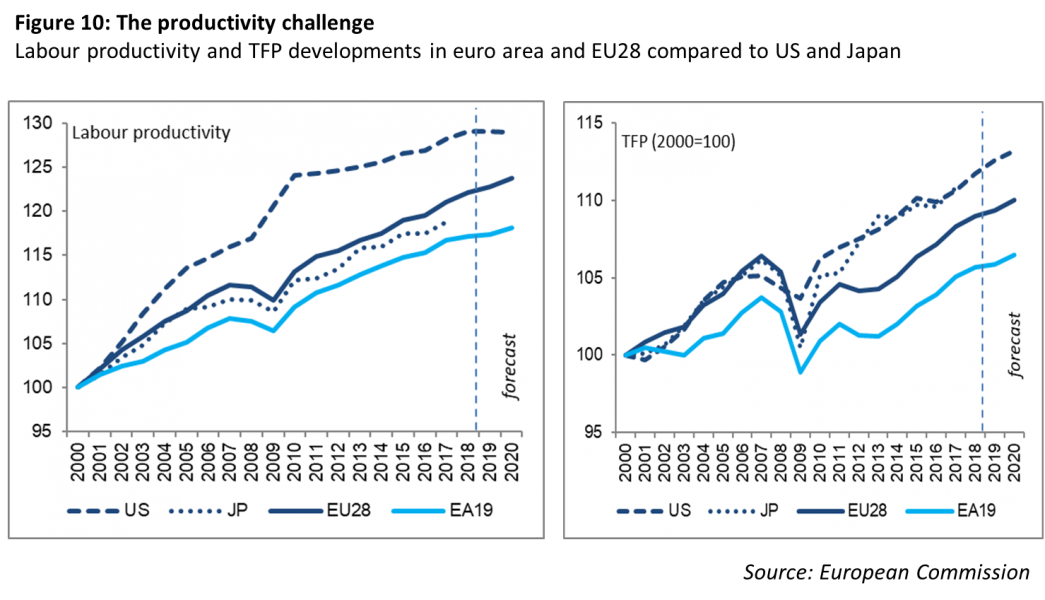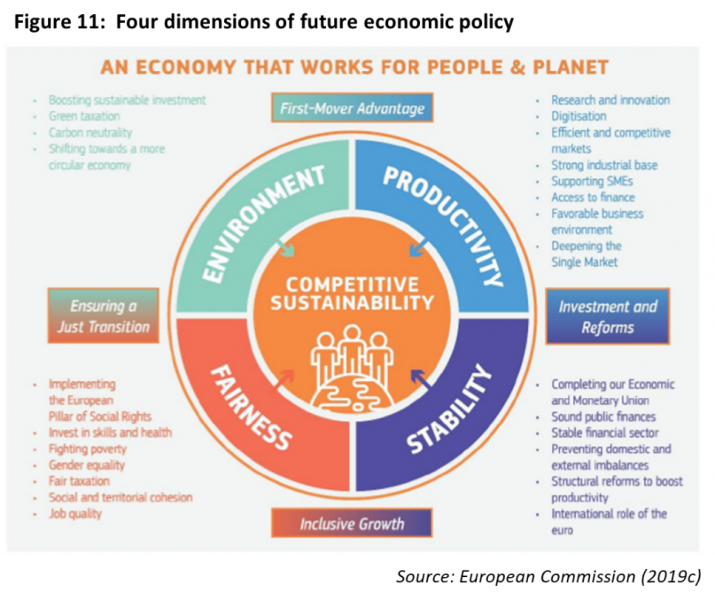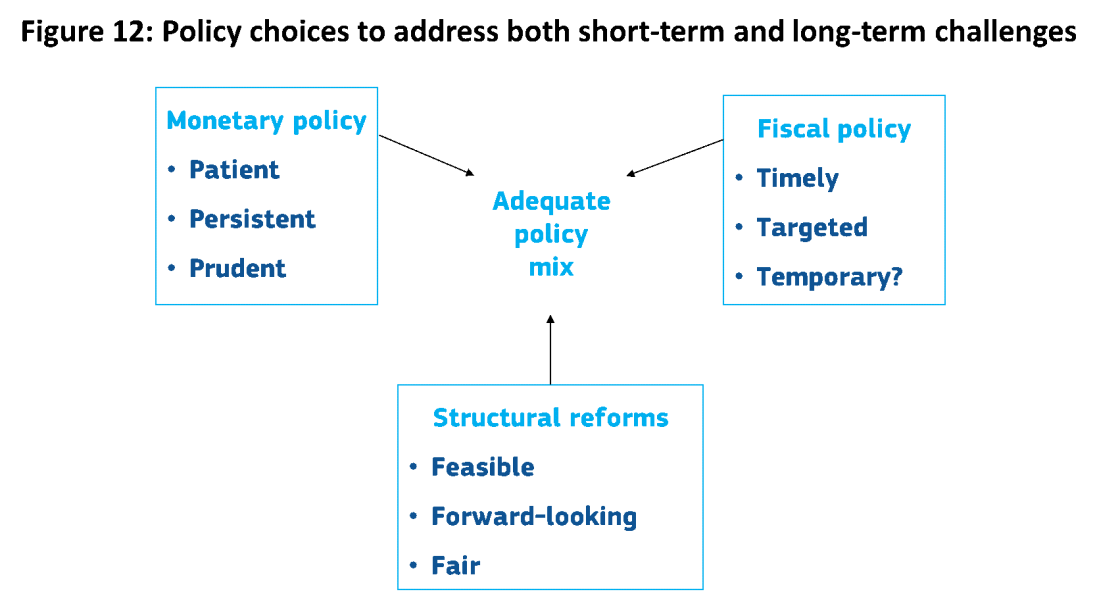References
European Central Bank, 2019. Understanding low wage growth in the euro area and European countries. Occasional Paper Series No 232.
European Commission, 2015. When ‘Secular Stagnation’ meets Piketty’s capitalism in the 21st century. Growth and inequality trends in Europe reconsidered. Economic Papers 551.
European Commission, 2019a. European Economic Forecast Autumn 2019. Institutional Paper 115.
European Commission, 2019b. Communication on the 2020 Draft Budgetary Plans: Overall Assessment, COM(2019) 900 final.
European Commission, 2019c. Communication on “Annual Sustainable Growth Strategy 2020”, COM(2019) 650 final.
Hasenzagl, T., Pellegrino, F., Reichlin, L., Ricco, G., 2019. A Model of the Fed’s View on Inflation. CEPR Discussion Paper 12564.
Rachel, Ł., Summers, L., 2019. On Falling Neutral Real Rates, Fiscal Policy and the Risks of Secular Stagnation. Brookings Papers on Economic Activity, Spring 2019.
Roeger, W., 2014. ECFIN”s medium term projections: the risk of ‘secular stagnation’. Quarterly Report on the Euro Area, Directorate General Economic and Financial Affairs, European Commission, vol. 13(4), pages 23-29, December.
Ubide, A ., 2019. Fiscal Policy at the Zero Lower Bound. Intereconomics: Review of European Economic Policy, Springer; German National Library of Economics; Centre for European Policy Studies (CEPS), vol. 54(5), pages 279-285, September.


